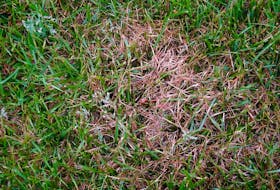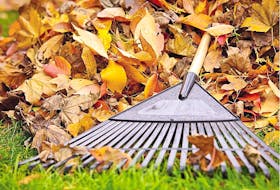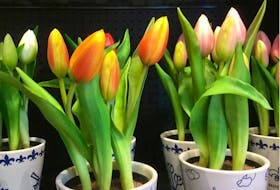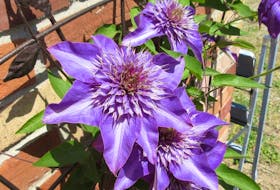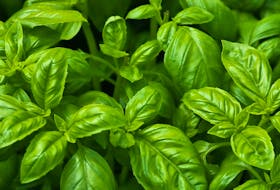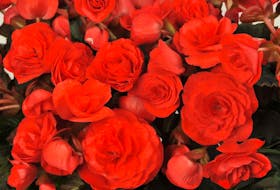Q. I want to take cuttings from a wax begonia and a coleus plant to create a few small plants to winter indoors at a bright window. Is this difficult?
A. Cuttings from these plants root quite easily, given a few simple conditions. First, the cuttings should be fairly short, just six or seven cm long, with the base cut made immediately beneath a leaf node. New roots sprout most easily from these node areas.
Remove all but the top tuft of leaves before inserting the cutting into a hole made in an open-textured potting mix designed for indoor use. Firm the mix gently around each inserted cutting.
Reduce the area of large coleus leaves by making clean cuts with sharp scissors across the top and sides of the leaves. This will reduce evaporation stress to the cutting and help facilitate rooting.
Coleus and was begonia cuttings both benefit from the extra humidity inside a plastic covering such as a clear plastic bag fitted over the pot. Cut ventilation slits or holes in the plastic, and remove the cover daily to expose the cuttings fully to fresh air before turning the cover inside out and replacing it.
Keep the planting mix only modestly moist. New roots rot easily in wet soil. When watering, avoid directing the flow at the cutting bases. Water around the pot rims, and lightly between the cuttings, and only as needed.
New growth appearing on a cutting is a sign that it has rooted. At that point, the humidity tent can be removed.
Q. I see brown patches in native red cedar trees in my area. Are they dying?
A. Probably not. Cedar “flagging” is a natural process of shedding patches of old foliage. Affected areas, which are evenly distributed throughout the tree, turn reddish-brown in early autumn. Winter winds and rain blow and wash the dried parts from the tree. By spring, it looks fresh and green again. Flagging is a tree’s normal renewal process.
Copyright Postmedia Network Inc., 2020


